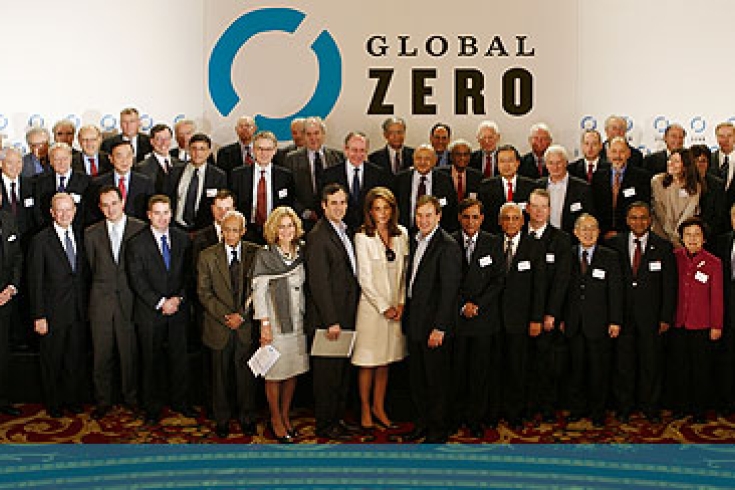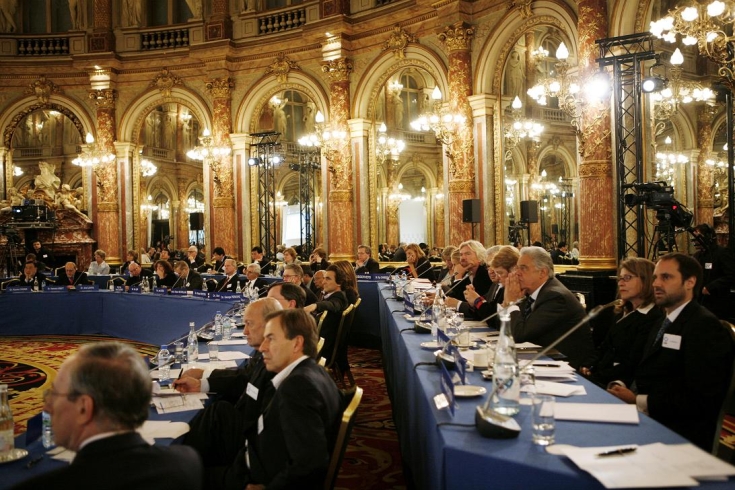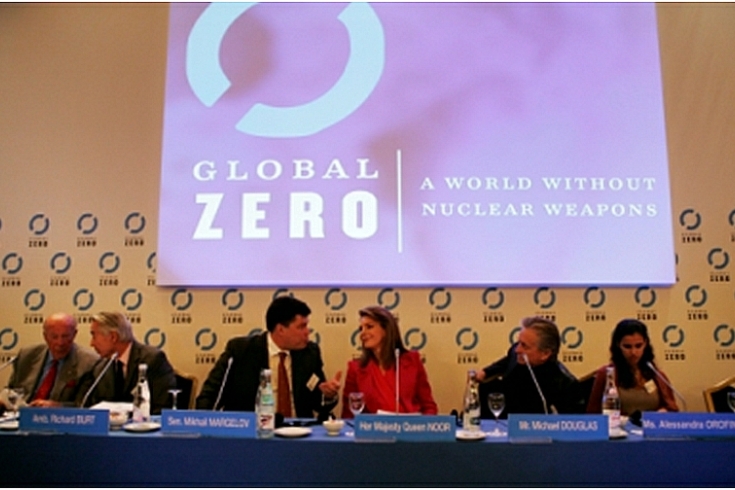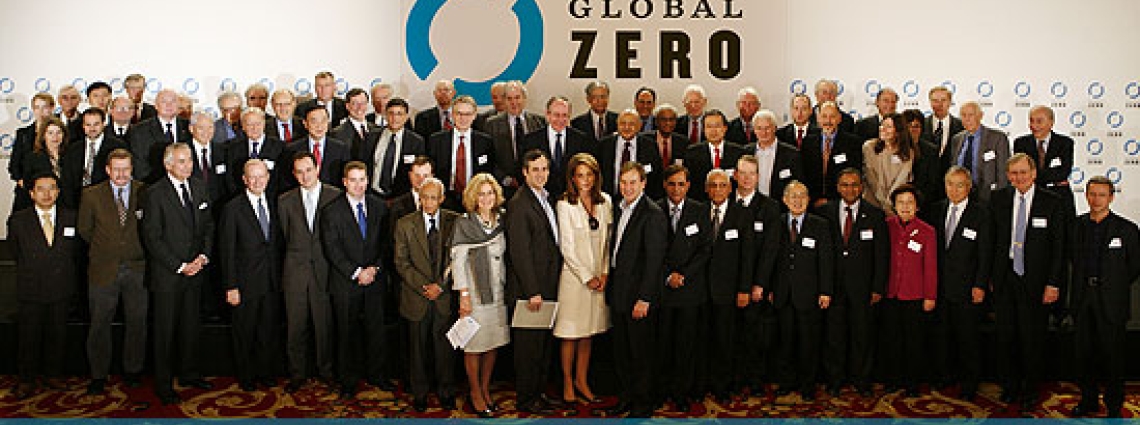The CTBT is Key for Driving Forward the Global Zero Initiative
Global Zero generating public pressure for change
“As long as nations have nuclear weapons, others will want them. The more that have them, the greater the danger they will be used,” stated Polanyi succinctly summarizing the creed of the Global Zero movement. “You are helping to create real public pressure for change,” UN Secretary General Ban Ki-moon told the summit in a video message.

Global Zero Summit, 2 to 4 February 2010.
Discussion panel with CTBTO’s Tibor Tóth
In attendance at the conference was Tibor Tóth, the Executive Secretary Preparatory Commission for the Comprehensive Nuclear-Test-Ban Treaty Organization (CTBTO). He participated in a panel discussion focusing on “Verifying Nuclear Arms Reductions” together with Gareth Evans, Australia’s former Foreign Minister, and Hans Blix, the former director of the International Atomic Energy Agency (IAEA).
“The Comprehensive Nuclear-Test-Ban Treaty (CTBT) is part and parcel of Global Zero,” Tóth said, explaining that the quantitative aspect of arsenal reductions goes hand in hand with the qualitative restraints imposed by a universal and legally binding cessation of nuclear explosions.

Over 200 participants convened in Paris, France.
“We will seek to ratify the Comprehensive Test Ban Treaty and […] our Nuclear Posture Review will reduce role and number of nuclear weapons in our national security strategy,” declared U.S. President Barack Obama in a statement delivered to the conference. “When we’re ready, we will ask the United States Senate to ratify the Comprehensive Test Ban Treaty. […] On March 1, the Obama Administration will release its Nuclear Posture Review, which will reduce the role and number of nuclear weapons in our national security strategy,” said Ellen Tauscher, the U.S. Under Secretary for Arms Control and International Security.
CTBT sets a new standard for nuclear verification
“The CTBT verification regime is not just a blueprint, but a functioning system involving all nuclear weapon States, affecting all nuclear capable countries, with equal obligations for all,” Tóth told the conference. “It sets a new standard for nuclear verification.” The Global Zero Action Plan presented in Paris provides for nuclear weapons to be completely eliminated by 2030 through four subsequent phases of negotiations and reductions. The first phase, following the current U.S.-Russian strategic reductions negotiations, requires all nuclear capable countries to ratify the CTBT and assume a legal obligation to cease the production of bomb-grade fissile materials.

More than a dozen panels debated diverse nuclear disarmament related topics.
Echoing a widely accepted conclusion of the meeting, Tóth emphasized the need for concrete measures in order to move forward. He stressed that the universalization of the CTBT constituted such a measure. “We are moving forward towards the entry into force of the Treaty, but we need the support of the international community,” he said.
The CTBT bans all nuclear explosions. It has been ratified by 151 States and signed by 182. China, the Democratic People’s Republic of Korea, Egypt, India, Indonesia, Iran, Israel, Pakistan and the United States still have to ratify for the Treaty to enter into force.
Ban: Nuclear abolition is possible
“I believe that a world free of nuclear weapons is not only achievable, but one of the most important policy objectives of our times,” conveyed British Prime Minister Gordon Brown to the summit. “A world free of nuclear weapons can be ours. Let us make it happen,” UN Secretary General Ban concluded.

Current and former high dignitaries delivered numerous keynote addresses.
5 Feb 2010
